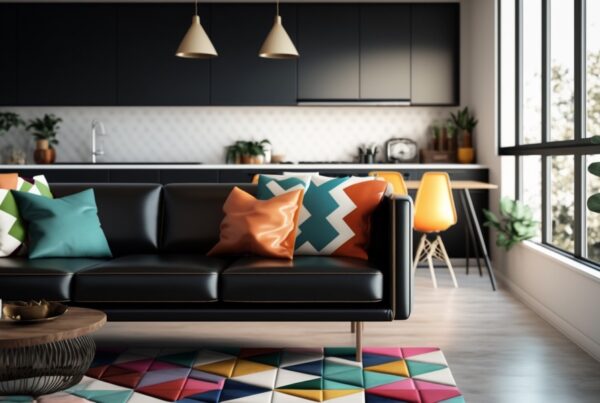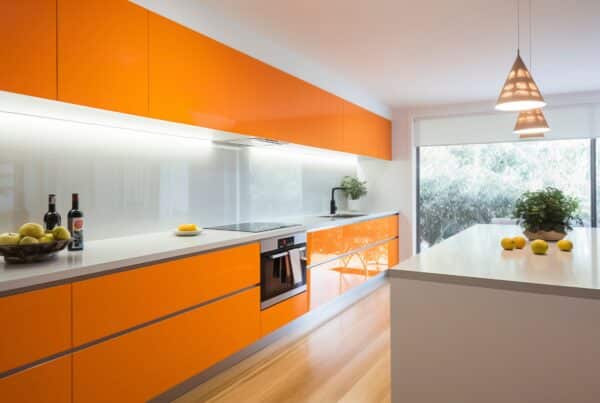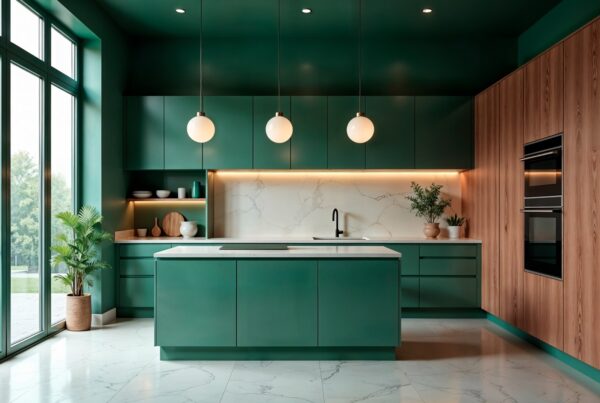The Power of Lighting in Interior Design
Lighting is one of the most powerful tools in interior design. It has the ability to completely transform a space, set the mood, and even impact how we feel. Understanding the different types of lighting and how to use them effectively can elevate the design of any room. Here’s a breakdown of the different lighting types and how to use them to create the perfect ambiance in your home.
- Ambient Lighting: The Foundation of Your Space
Ambient lighting is the general, overall light that fills a room. It’s the base layer of lighting and provides uniform illumination throughout the space. Overhead lights, chandeliers, and recessed lighting are common examples of ambient lighting. It’s important to get this right so the room feels evenly lit and comfortable.
- Task Lighting: Function Meets Style
Task lighting is focused and direct. It’s designed to help you perform specific tasks, such as reading, cooking, or working. Desk lamps, under-cabinet lights, and pendant lights over kitchen islands are examples of task lighting. Make sure to place task lighting where you need it most to enhance functionality without compromising on style.
- Accent Lighting: Adding Drama and Depth
Accent lighting highlights specific areas or objects in a room, such as artwork, plants, or architectural features. It adds drama and depth, creating visual interest and drawing attention to focal points. Track lighting, wall sconces, and picture lights can be used to highlight certain elements of a room, making it feel more dynamic.
- How Lighting Affects Mood
Lighting can greatly influence the mood of a room. Soft, warm lighting creates a cozy and inviting atmosphere, perfect for living rooms and bedrooms. On the other hand, cooler lighting can promote focus and energy, making it ideal for home offices or kitchens. Experiment with different lighting types to see how they affect the ambiance and mood of your space.
- Lighting Tips for Small Spaces
In smaller rooms, lighting can make a big difference in how spacious the area feels. Use layered lighting to avoid dark corners, and opt for adjustable fixtures that allow you to control the intensity of the light. Consider using light-colored lampshades and mirrors to reflect light and brighten up the space.
 With the right lighting, you can create a home that’s not only stylish but also functional and welcoming. The power of lighting in interior design should never be underestimated — it’s one of the easiest ways to elevate any space.
With the right lighting, you can create a home that’s not only stylish but also functional and welcoming. The power of lighting in interior design should never be underestimated — it’s one of the easiest ways to elevate any space.




